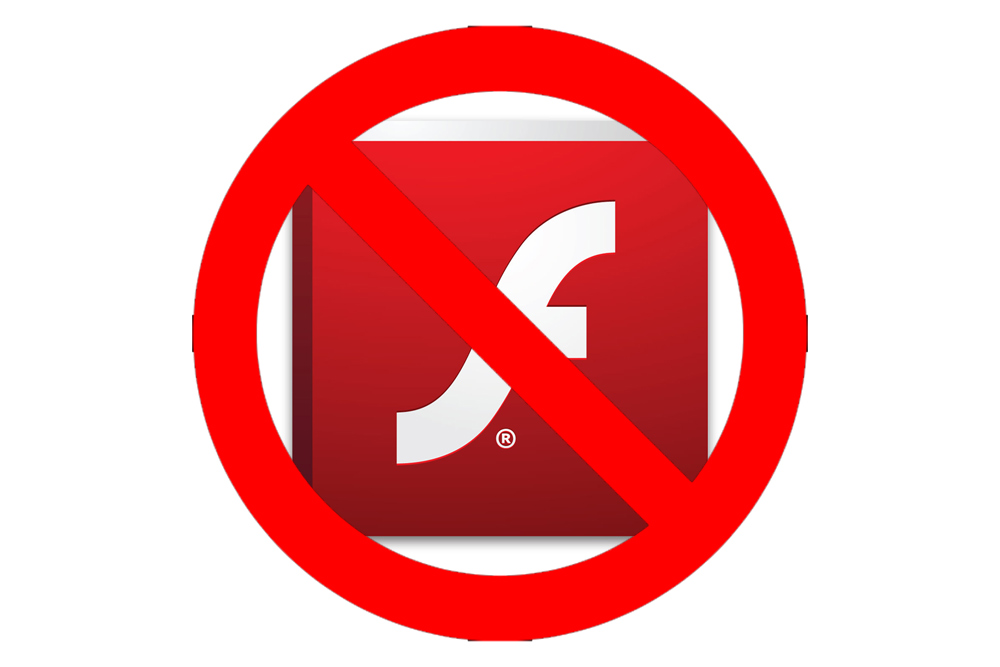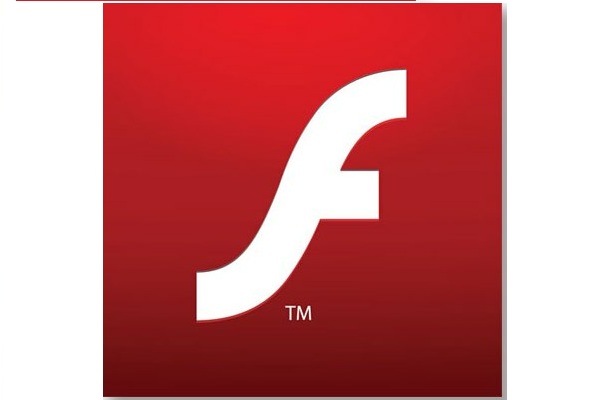Google to dump Flash in ads from June
Security gaffe prone technology to disappear by the summer


Google is to ban the use of Flash in ads it carries from this June.
The search engine giant said in the blog post that display ads on its network will be 100 per cent HTML5 from 30 June this year.
It said that over the last few years, "we've rolled out tools to encourage advertisers to use HTML5, so you can reach the widest possible audience across screens".
"To enhance the browsing experience for more people on more devices, the Google Display Network and DoubleClick Digital Marketing are now going 100 per cent HTML5," the firm said in a statement.
It said that from 30 June this year, display ads built in Flash can no longer be uploaded into AdWords and DoubleClick Digital Marketing. From 2 January 2017, display ads in the Flash format can no longer run on the Google Display Network or through DoubleClick.
It urged advertisers to update display ads to HTML5 before these dates. But Google did say that video ads using Flash will still continue to work and be served.
Last year, Google took the step of automatically converting Flash ads to HTML5 when displayed on mobile devices that did not support the technology.
Sign up today and you will receive a free copy of our Future Focus 2025 report - the leading guidance on AI, cybersecurity and other IT challenges as per 700+ senior executives
The banning of Flash in Google's ad network is the latest in a line of setbacks for the deeply insecure technology. Last December, Adobe took the step of renaming its Flash Professional product Adobe Animate CC in a bid to distance the software from its Flash origins.
Firefox made the move to block Adobe Flash Player automatically in its browser following the discovery of various cybersecurity issues inherent in the software. Since January last year, YouTube has made HTML5 the default way to play videos on its website rather than use Flash.
Rene Millman is a freelance writer and broadcaster who covers cybersecurity, AI, IoT, and the cloud. He also works as a contributing analyst at GigaOm and has previously worked as an analyst for Gartner covering the infrastructure market. He has made numerous television appearances to give his views and expertise on technology trends and companies that affect and shape our lives. You can follow Rene Millman on Twitter.
-
 Gender diversity improvements could be the key to tackling the UK's AI skills shortage
Gender diversity improvements could be the key to tackling the UK's AI skills shortageNews Encouraging more women to pursue tech careers could plug huge gaps in the AI workforce
-
 Researchers claim Salt Typhoon masterminds learned their trade at Cisco Network Academy
Researchers claim Salt Typhoon masterminds learned their trade at Cisco Network AcademyNews The Salt Typhoon hacker group has targeted telecoms operators and US National Guard networks in recent years
-
 Tech giants rally to keep Mozilla's dev bible alive
Tech giants rally to keep Mozilla's dev bible aliveNews Open Web Docs injects $500,000 into the web-development handbook used by engineers across the industry
-
 Microsoft issues Flash update to patch remote code execution
Microsoft issues Flash update to patch remote code executionNews The update relates to a hole in platforms including Windows 8.1, Windows RT 8.1, Windows 10, and Windows Server 2016
-
 Google Chrome finally axes Flash - for good
Google Chrome finally axes Flash - for goodNews Chrome to start blocking 90 per cent of Flash content by default
-
 Google 'banishes' Adblock Plus from Chrome browser
Google 'banishes' Adblock Plus from Chrome browserNews Search giant appears to stop Adblock users skipping YouTube ads
-
 Google to automatically convert Flash web ads to HTML5
Google to automatically convert Flash web ads to HTML5News Flash adverts will soon be automatically converted to HTML5, to make mobile advert experience smoother
-
 YouTube now uses HTML5 by default
YouTube now uses HTML5 by defaultNews Adobe Flash continues to get phased out
-
 Adobe takes the wraps off new website developer tools
Adobe takes the wraps off new website developer toolsNews Software firm launches free tools for HTML5 and JavaScript developers.
-
 IDF 2012: HTML5 is overrated but is still the future, says Intel SVP
IDF 2012: HTML5 is overrated but is still the future, says Intel SVPNews Intel committed to making sure that HTML5 remains open and cross platform.
